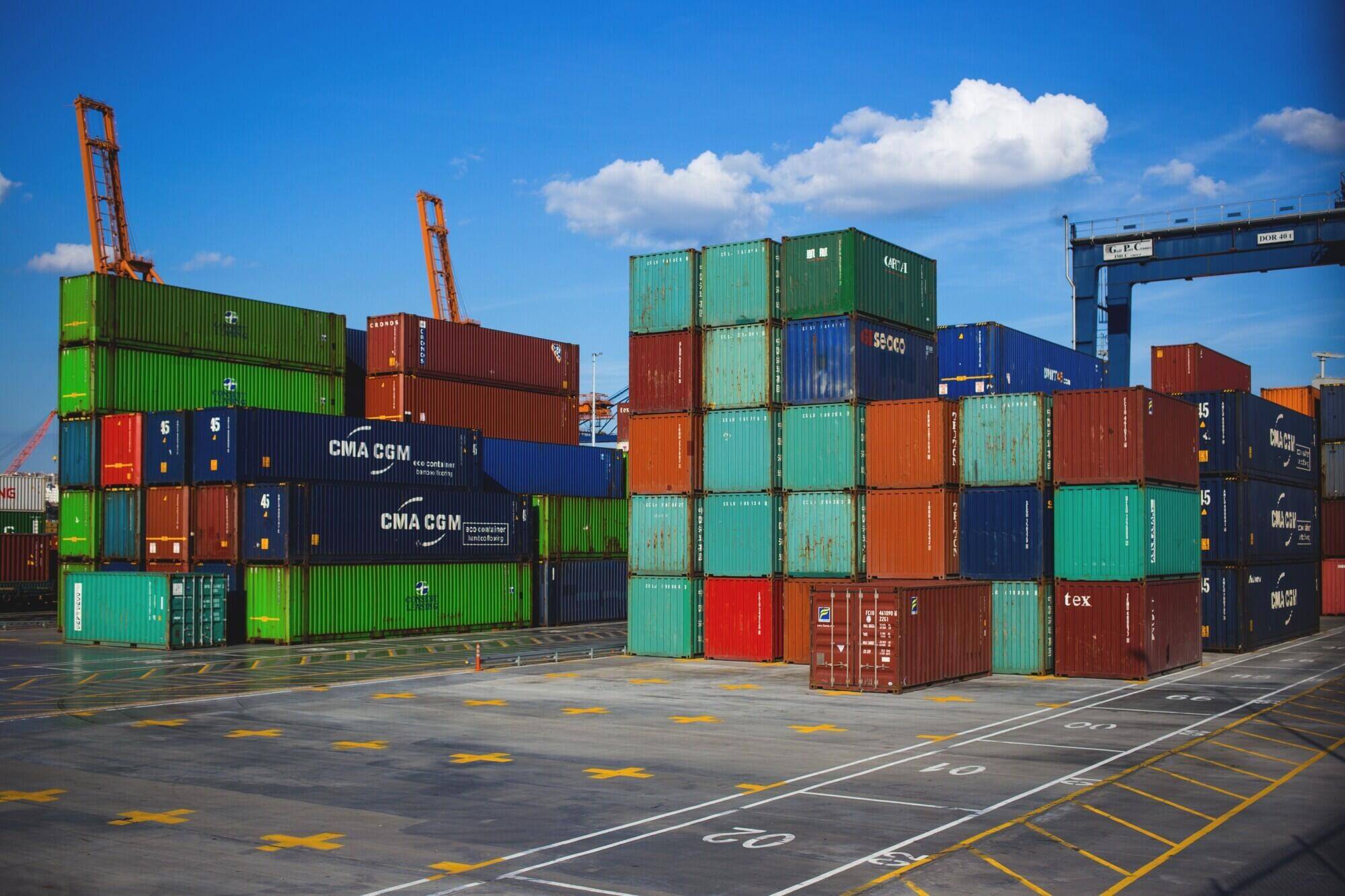As you delve into the world of cargo services, you might ask, “How much does a shipping container cost?”
The answer isn’t as straightforward as you might think. Multiple factors influence the cost of shipping containers. So it’s crucial to thoroughly research and consider these aspects before purchasing to ensure you get the best possible deal.
Fortunately, we’ve got you. In this article, we’ll discuss key factors that affect the cost of shipping containers so read on.
Container Size
Shipping containers come in a variety of sizes. Most commonly, they come in sizes 20 feet and 40 feet in length. But they also come in larger sizes like 45, 48, and 53 feet.
The cost directly correlates with the size of the container. The larger the container, the higher the cost will be.
A 20-foot container may be suitable for a small business’ needs. A larger corporation may require a 40 or even a 53-foot container to accommodate their shipping needs.
The specific size you choose should be based on the volume of goods you plan to ship. You should balance this against the cost associated with each size of container.
Container Condition
Apart from the size, the condition of a shipping container significantly influences its cost. Two main types of conditions exist, new containers and used containers.
A new container has never been used before. It’s in excellent condition and usually comes at a premium price.
In contrast, used containers have served years carrying goods worldwide. As such, they may have dents, scratches, or some rust. The more used the container is, the less expensive it’ll be.
Container Type
Another essential factor that affects cost is the different types of shipping container. The most common types are dry containers, refrigerated containers, and open-top containers.
Dry containers are the most basic type and usually the cheapest. They’re designed to be airtight, keeping the items inside dry during transport.
Refrigerated containers have built-in cooling systems to maintain specific temperatures for perishable goods. These tend to be more expensive due to their specialized features.
Open-top containers are similar to dry containers but have a removable top to accommodate oversized cargo. These are also more expensive due to their versatility.
Location
If you’re located near major ports, chances are there will be more supply of containers, resulting in lower costs. In contrast, if you’re located far from any port, transportation costs may increase the cost of the container.
Stock Market
As you consider the cost of containers, it’s also worth keeping an eye on the stock market. You should also look at the prices of major shipping companies like ZIM and their subsidiaries. This can give you insight into the current and future demand for shipping containers.
ZIM is a leading global container liner company with over 70 years of experience in the industry. You can use the ZIM stock as an indicator of the current state of the shipping container market.
Be sure to keep track of any significant changes in stock prices. This can affect the cost and availability of shipping containers.
Learning Why the Cost of Shipping Containers Vary
The cost of shipping containers is a complex equation influenced by a multitude of factors. Understanding these aspects helps you in predicting the cost more accurately and aids in making informed decisions.
Whether you’re a small business owner or a large corporation, it’s crucial to consider these factors before buying a shipping container. By doing so, you can save money and avoid any unexpected costs down the line.
Did you find this article helpful? If so, check out the rest of our site for more.
I am Jones Smith and I am here to share my experience and expertise in writing. I’ve been writing articles for different publications for more than 6 years. I have a varied range of interests and that’s why I love blogging about different topics. In my opinion, blogging is a lot like acting, and I consider writing blog posts as an acting job. I am an entrepreneur by heart and there is nothing big or small when it comes to starting a business.











